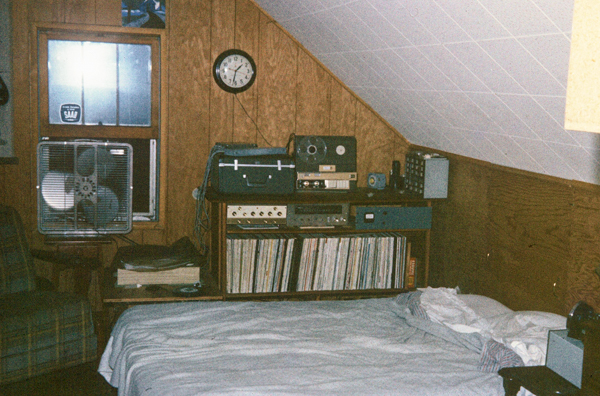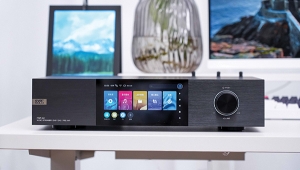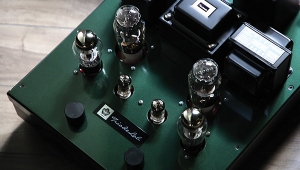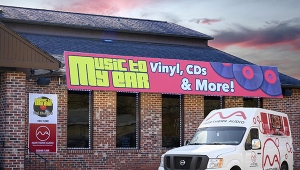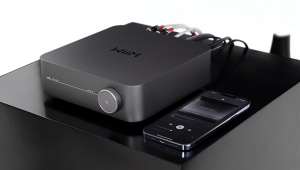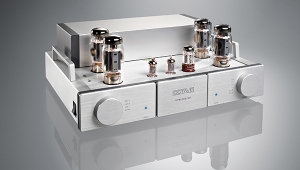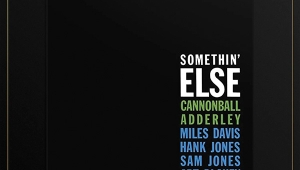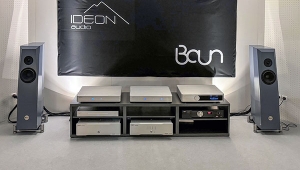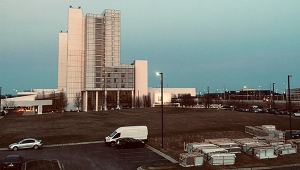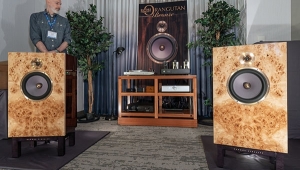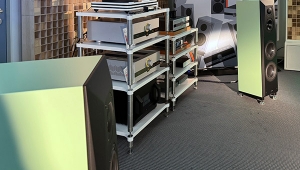| Columns Retired Columns & Blogs |
If we could infuse him with the fountain of youth elixir... lol.
The first time I saw his name on a record and thought about him and his role was in 1984 on REM's Reckoning. Super GOAT!
I hope he enjoys all of his retirement and lives a long life!
